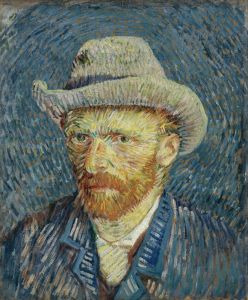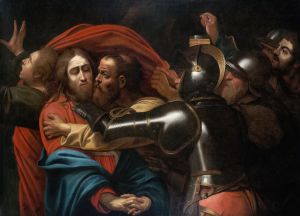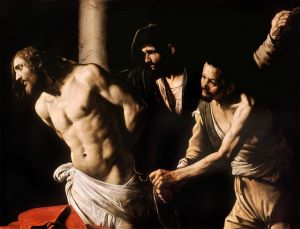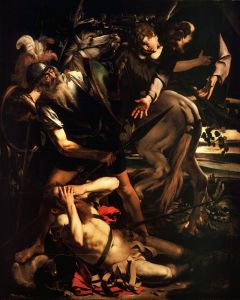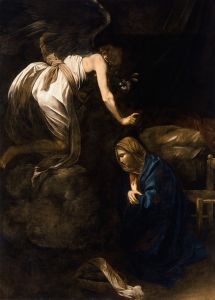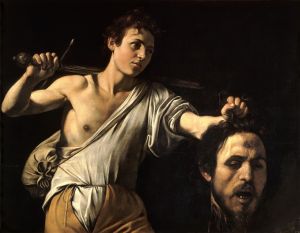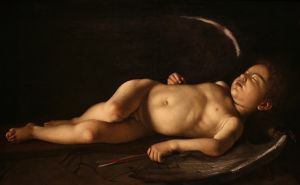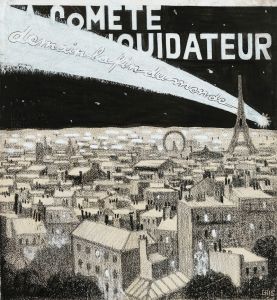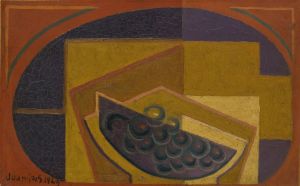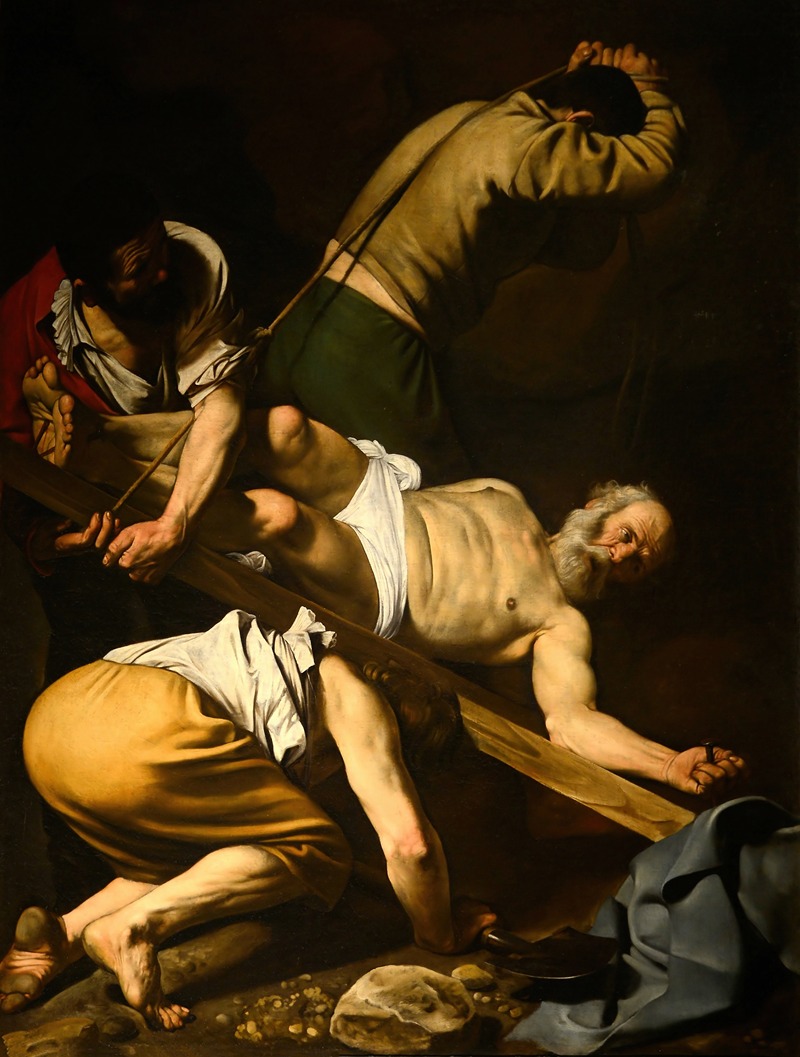
Crucifixion of St. Peter
A hand-painted replica of Caravaggio’s masterpiece Crucifixion of St. Peter, meticulously crafted by professional artists to capture the true essence of the original. Each piece is created with museum-quality canvas and rare mineral pigments, carefully painted by experienced artists with delicate brushstrokes and rich, layered colors to perfectly recreate the texture of the original artwork. Unlike machine-printed reproductions, this hand-painted version brings the painting to life, infused with the artist’s emotions and skill in every stroke. Whether for personal collection or home decoration, it instantly elevates the artistic atmosphere of any space.
The Crucifixion of St. Peter is a renowned oil painting by the Italian Baroque master Caravaggio, created in 1601. The work was commissioned for the Cerasi Chapel in the church of Santa Maria del Popolo in Rome, where it remains today. It was painted alongside another of Caravaggio's masterpieces, The Conversion of Saint Paul, as part of a pair of works depicting pivotal moments in the lives of the apostles Peter and Paul.
The painting illustrates the martyrdom of Saint Peter, one of the twelve apostles of Jesus and a foundational figure in Christianity. According to Christian tradition, Peter was crucified in Rome under Emperor Nero. Out of humility, Peter requested to be crucified upside down, as he felt unworthy to die in the same manner as Christ. Caravaggio's depiction captures the moment when Peter is being raised on the cross, emphasizing the physical labor and struggle of the executioners.
Caravaggio's use of chiaroscuro, the dramatic contrast between light and dark, is a defining feature of the painting. The light focuses on Peter's aged and weathered body, drawing attention to his expression of calm resignation and spiritual strength. The three executioners, whose faces are largely obscured, are shown straining to lift the cross, their muscular forms and physical exertion contrasting with Peter's serene demeanor. The composition is stark and devoid of extraneous details, directing the viewer's attention to the central action and the emotional intensity of the scene.
The painting reflects Caravaggio's characteristic realism and his departure from the idealized forms of the High Renaissance. The figures are depicted with unflinching naturalism, emphasizing their humanity. This approach was both innovative and controversial at the time, as it challenged traditional artistic conventions and religious iconography.
The Crucifixion of St. Peter is considered a masterpiece of Baroque art and a prime example of Caravaggio's ability to convey profound spiritual themes through dramatic realism and emotional intensity. Its placement in the Cerasi Chapel, opposite The Conversion of Saint Paul, creates a powerful visual and thematic dialogue between the two works, highlighting the transformative power of faith and the sacrifices made by the apostles in their devotion to Christianity.








